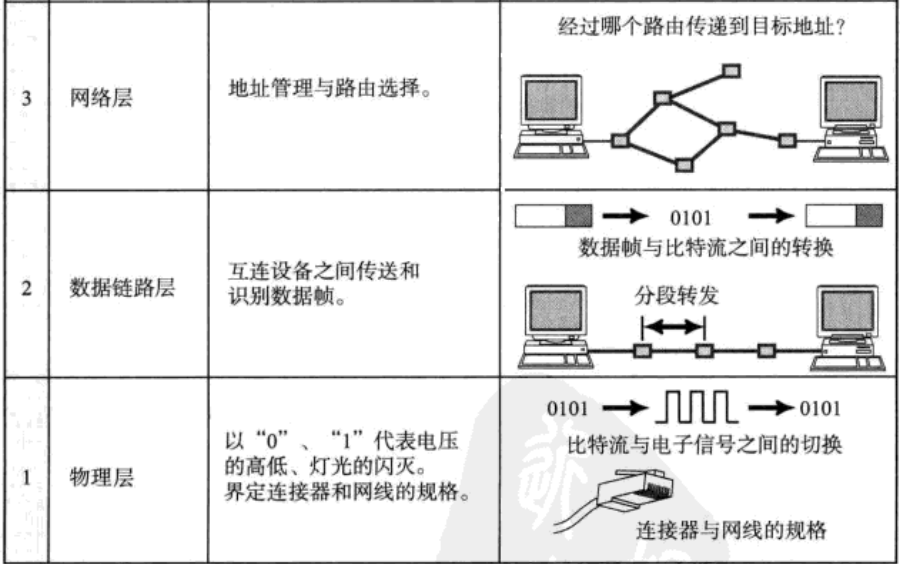在准备数据的时候出现空间不够的问题:

添加200G的空间,挂在到/home/vipuser/BEV_Depth/BEVDepth/data/nuScenes
使用lsblk查看挂载的盘

有两块硬盘 `vda` 和 `vdb`,其中 `vda` 已经用于系统安装,`vdb` 尚未分区和挂载。
1. **分区新磁盘**: 由于 `vdb` 还没有分区,我们首先需要创建一个分区。使用 `fdisk` 或 `parted` 命令来创建分区。
sudo fdisk /dev/vdb 在 `fdisk` 提示符下,您可以输入 `n` 来创建新分区,选择分区类型(例如,`p` 为 primary partition),然后设置分区大小和位置。完成后,输入 `w` 保存更改并退出。
2. **格式化分区**: 创建分区后,您需要为它创建一个文件系统。
sudo mkfs.ext4 /dev/vdb1 这里我们使用的是 `ext4` 文件系统,您可以根据需要选择其他类型的文件系统。
3. **创建挂载点**: 创建一个目录作为挂载点。
sudo mkdir /mnt/mydisk
4. **挂载磁盘**: 将新分区挂载到您创建的目录。
sudo mount /dev/vdb1 /mnt/mydisk
5. **设置开机自挂载**: 为了让磁盘在每次启动时自动挂载,需要编辑 `/etc/fstab` 文件。
sudo blkid /dev/vdb1 #获取UUID
sudo nano /etc/fstab #编辑fstab文件在 `/etc/fstab` 文件中添加以下行(使用实际的UUID替换`YOUR_UUID`):
UUID=YOUR_UUID /mnt/mydisk ext4 defaults 0 0
6. **测试挂载**: 可以重新挂载所有配置在 `/etc/fstab` 中的文件系统来测试配置是否正确。
sudo mount -a如果没有错误消息,说明挂载配置正确。
1.获取UUID:

2.修改以下文件以确保每次开机都挂载




















